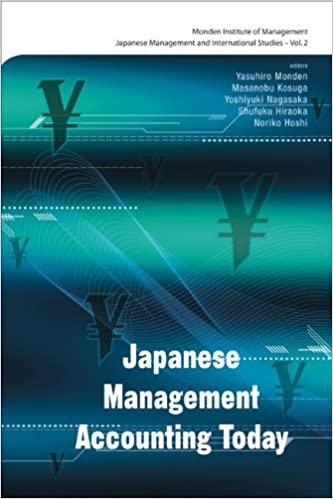Need help

2. The division manager of Division B received the following operating income data for the past year: DIVISION B OF DILLARD, INC. Income Statement For the Year Ended December 31, 2018 Product Line T205 B179 Total Net Sales Revenue 5 310,000 360,000 670,000 Cost of Goods Sold Variable Fixed Total Cost of Goods Sokd Gross Profit Selling and Administrative Expenses 31,000 275,000 306,000 4,000 44,000 67,000 111,000 249,000 75,000 342,000 417,000 253,000 148,000 74,000 222,000 31,000 Variable 80,000 27,000 107,000 S (111,000 142,000 68,000 47,000 115,000 Fixed Total Selling and Administrative Expenses Operating Income (Loss) The manager of the division is surprised that the T205 product line is not profitable. The division accountant estimates that dropping the T205 product line will decrease fixed cost of goods sold by $75,000 and decrease fixed selling and administrative expenses by $10,000 a. Prepare a differential analysis to show whether Division B should drop the T205 product line b. What is your recommendation to the manager of Division B? 3. Division C also produces two product lines. Because the division can sell all of the product it can produce, Dillard is expanding the plant and needs to decide which product line to emphasize. To make this decision, the division accountant assembled the following data: Per Unit K707 $ 84 24 60 71.4% G582 5 50 21 $29 58.0% Sales price Variable costs Contribution margin Contribution margin ratio After expansion, the factory will have a production capacity of 4,700 machine hours per month. The plant can manufacture either 40 units of K707s or 62 units of G582s per machine hour a. Identify the constraining factor for Division C. b. Prepare an analysis to show which product line to emphasize 4. Division D is considering two possible expansion plans. Plan A would expand a current product line at a cost of $8,600,000. Expected annual net cash inflows are $1,525,000, with zero residual value at the end of 10 years. Under Plan B, Division D would begin producing a new product at a cost of $8,000,000. This plan is expected to generate net cash inflows of $1,100,000 per year for 10 years, the estimated useful life of the product line. Estimated residual value for Plan B is $980,000. Division D uses straight-line depreciation and requires an annual return of 10%. a. Compute the payback, the ARR, the NPV, and the profitability index for both plans. b. Compute the estimated IRR of Plan A. c. Use Excel to verify the NPV calculations in Requirement 4(a) and the actual IRR for the two plans. How does the IRR of each plan compare with the company's required rate of return? d. Division D must rank the plans and make a recommendation to Dillard's top management team for the best plan. Which expansion plan should Division D choose? Why










